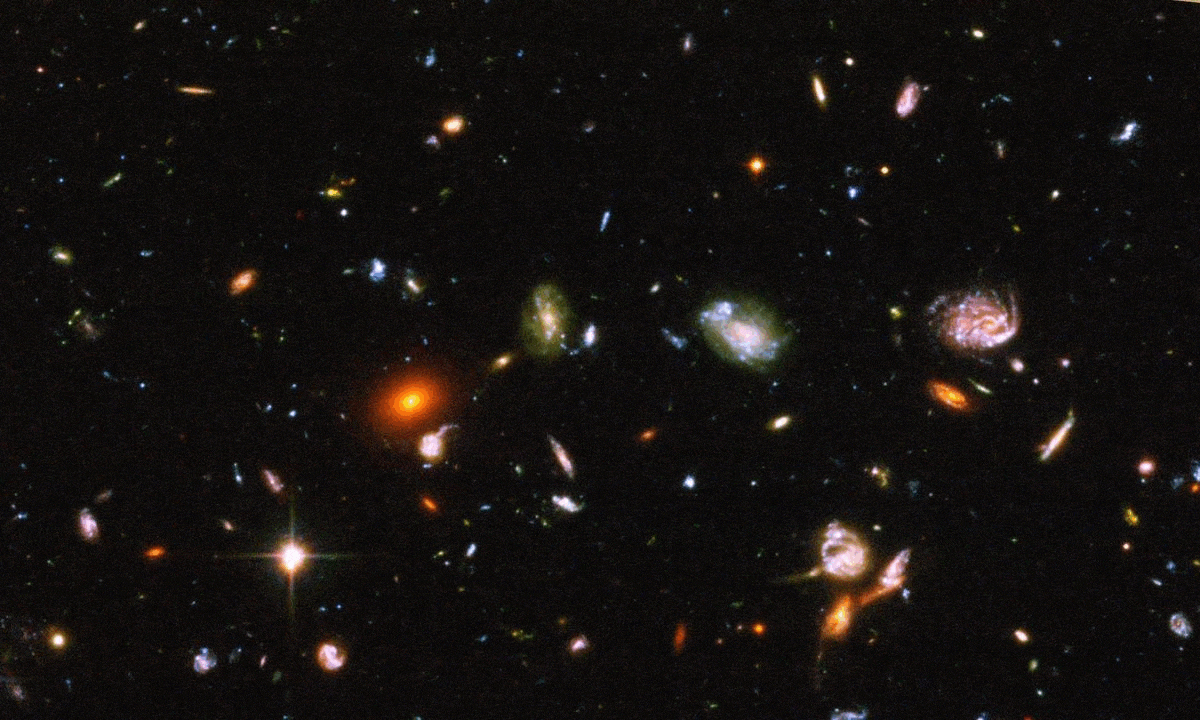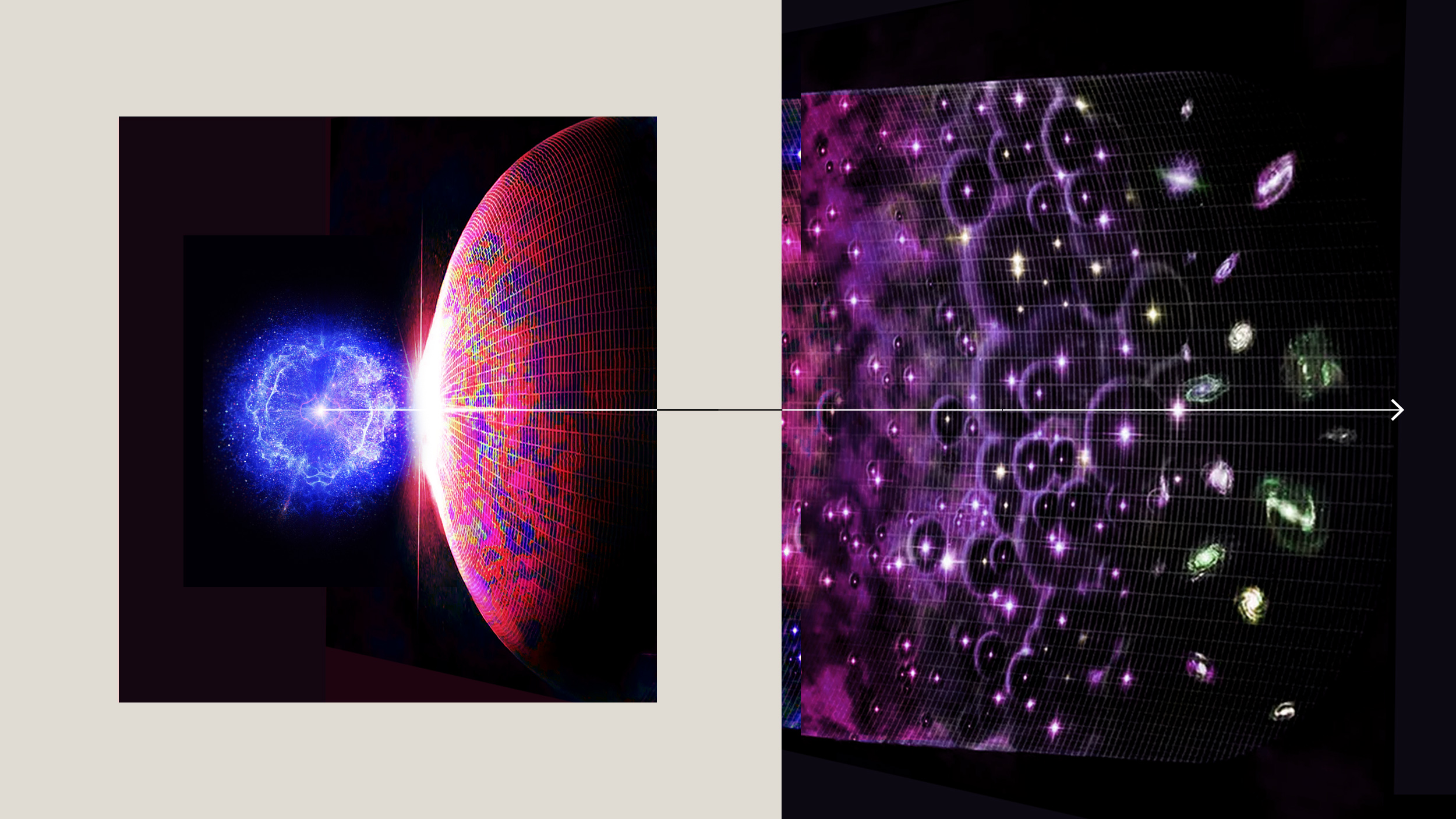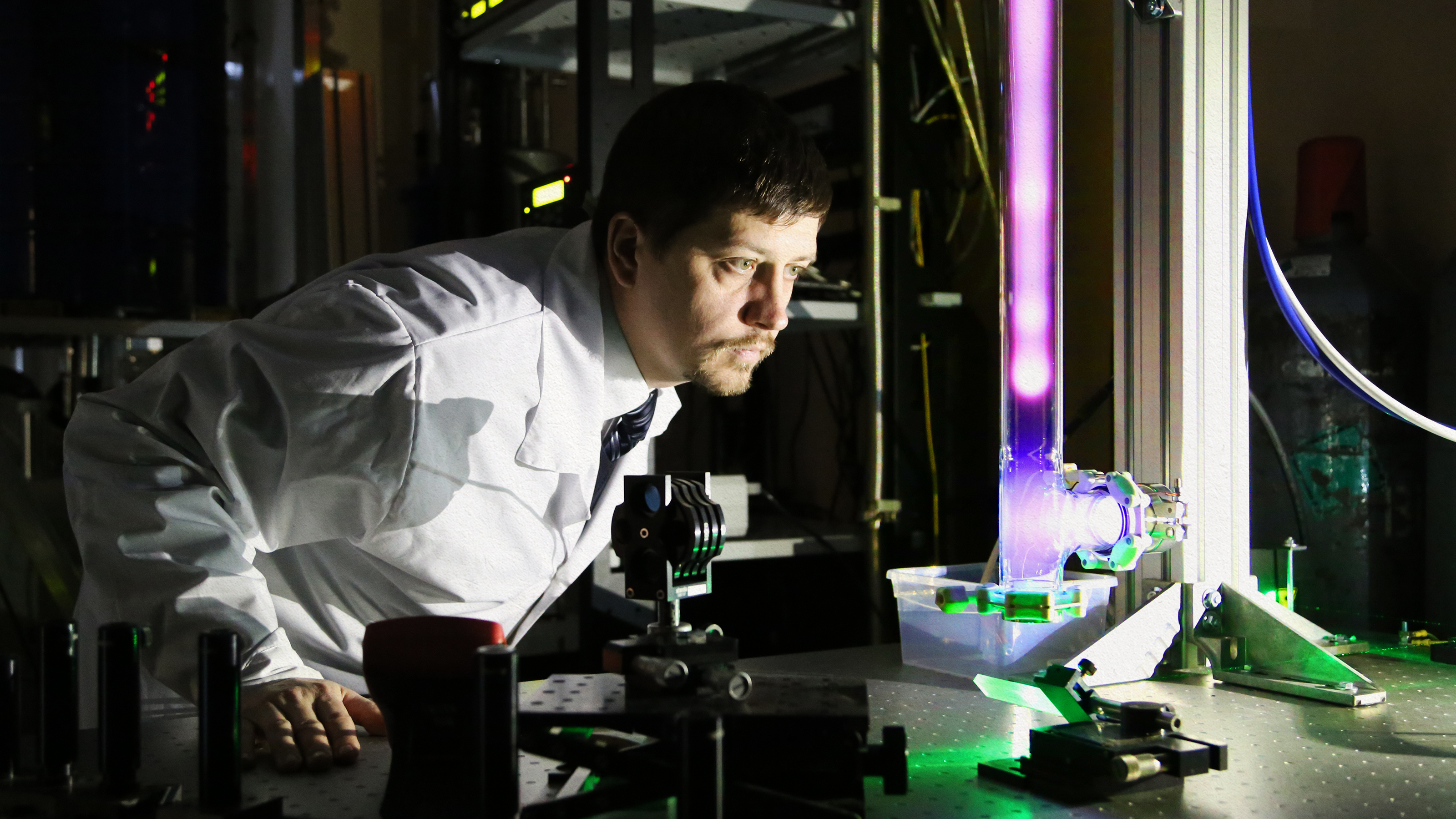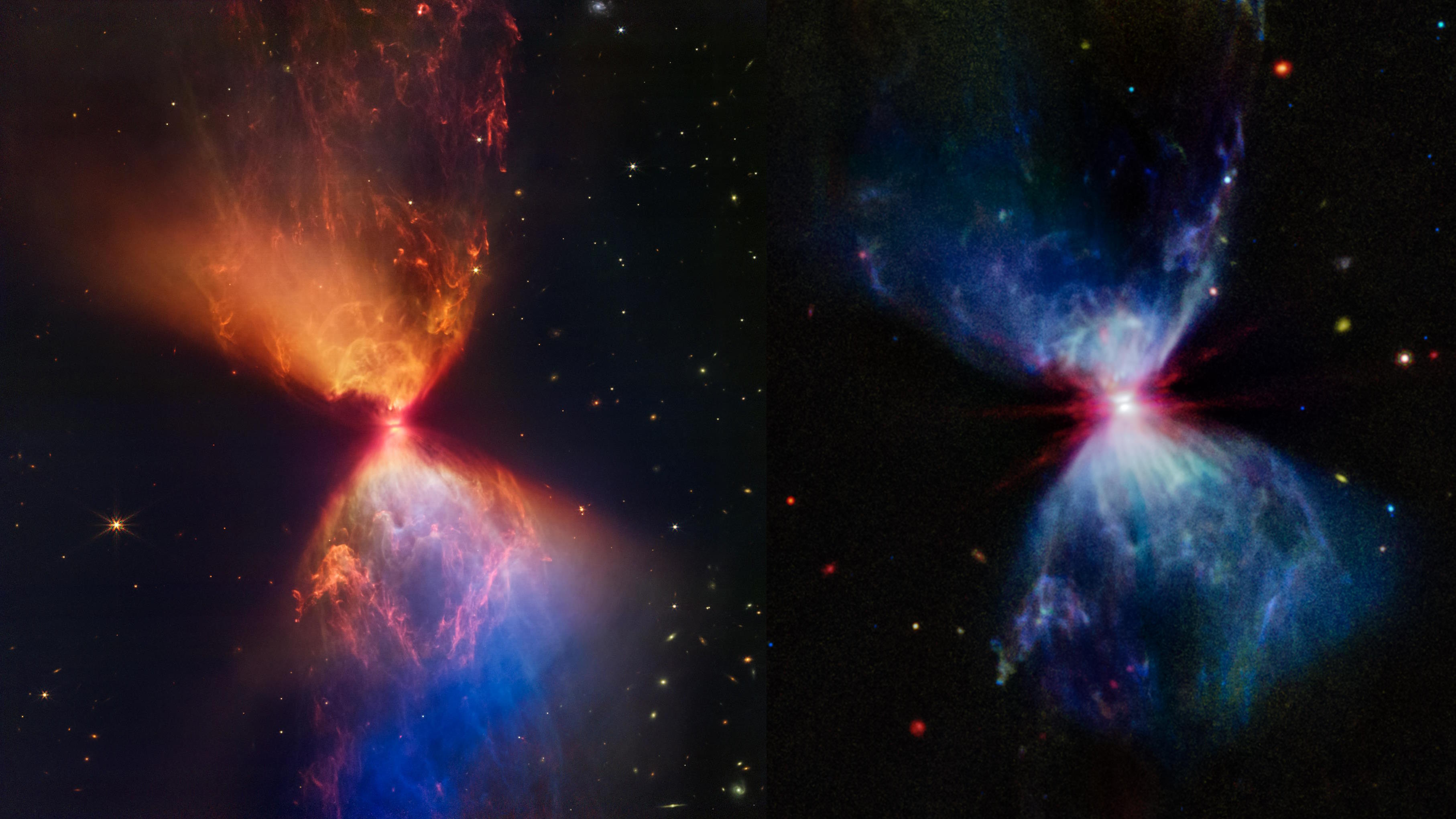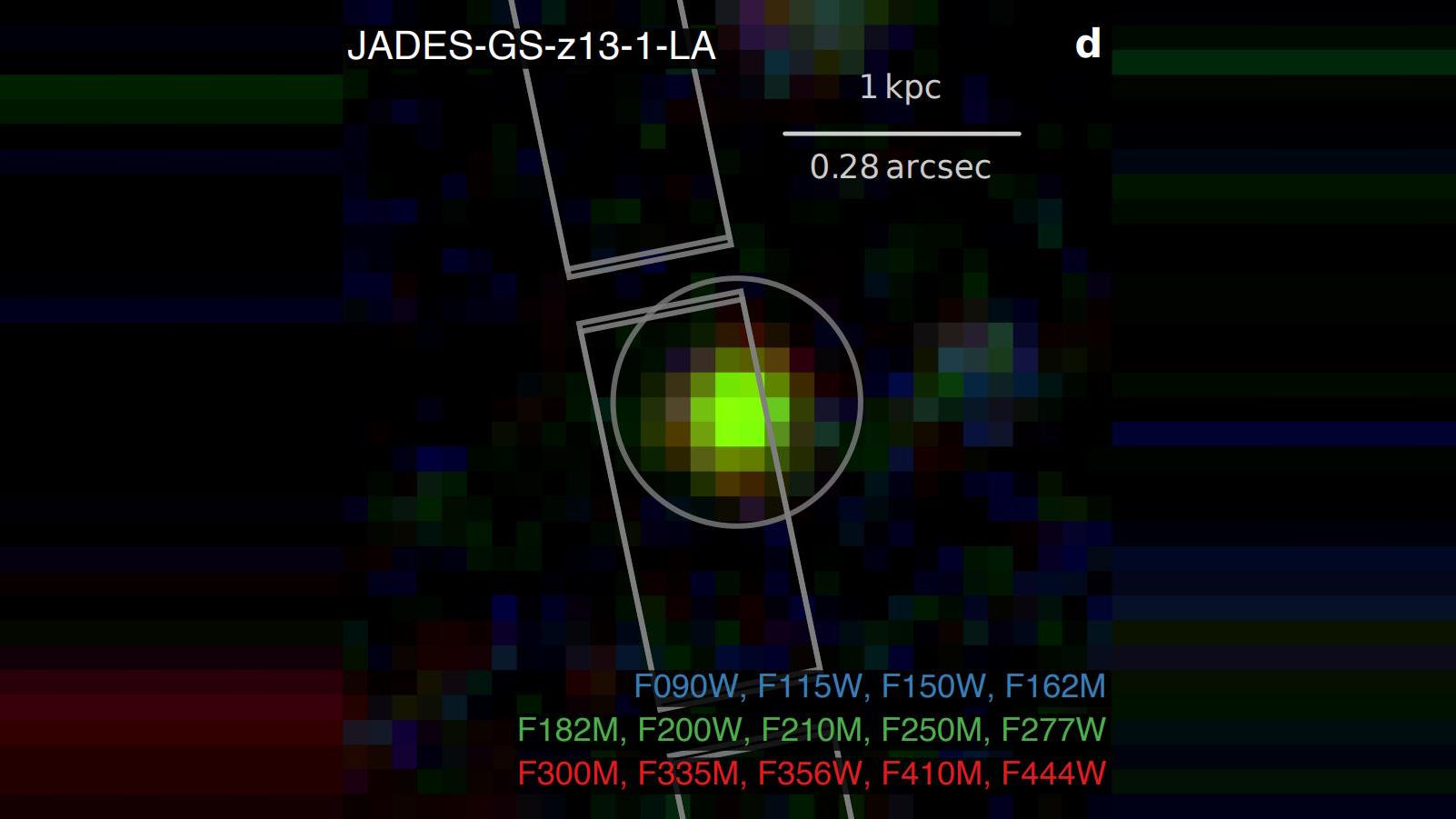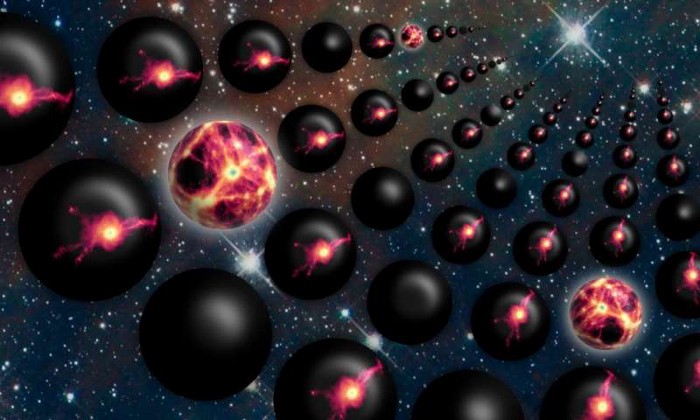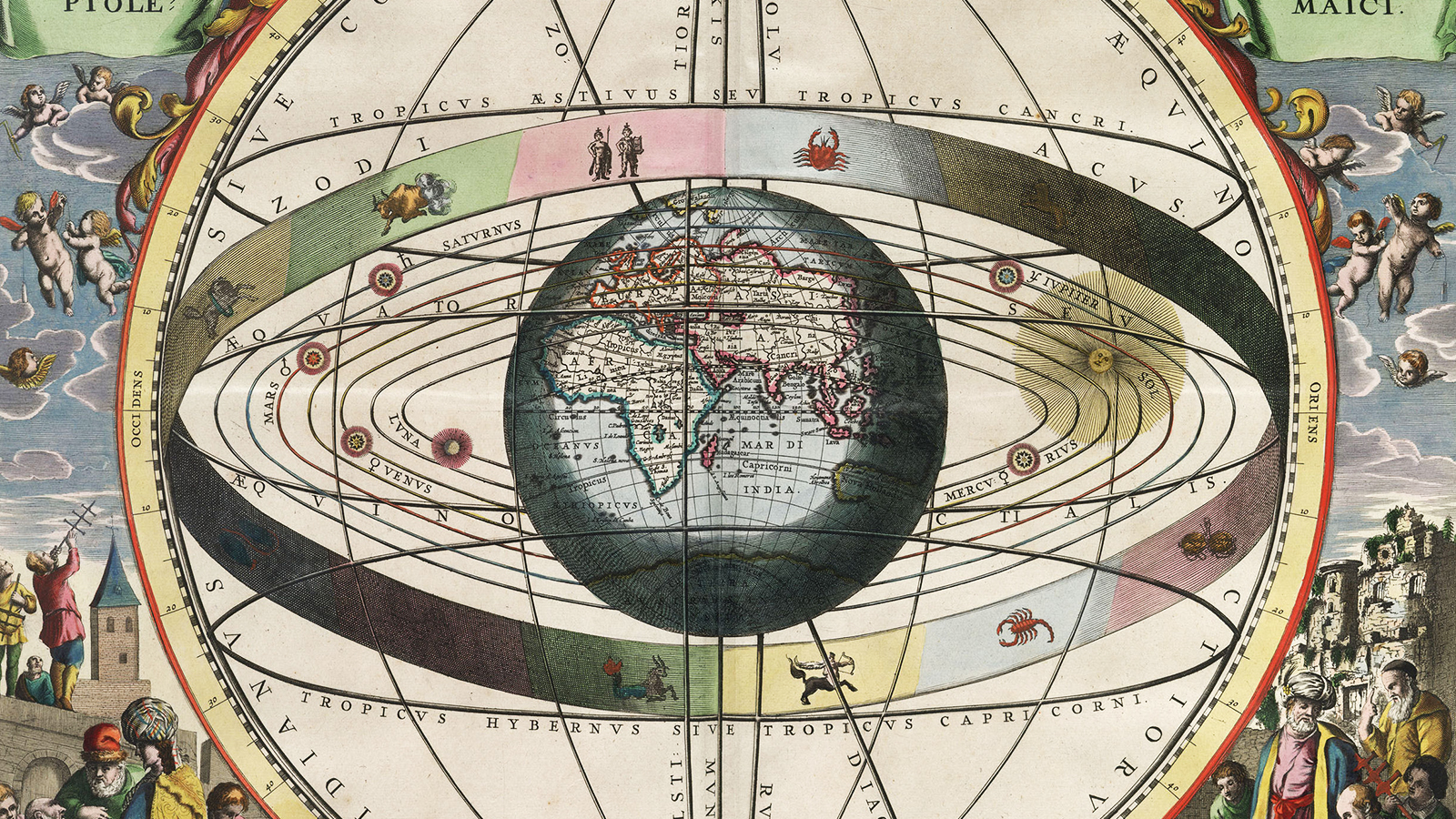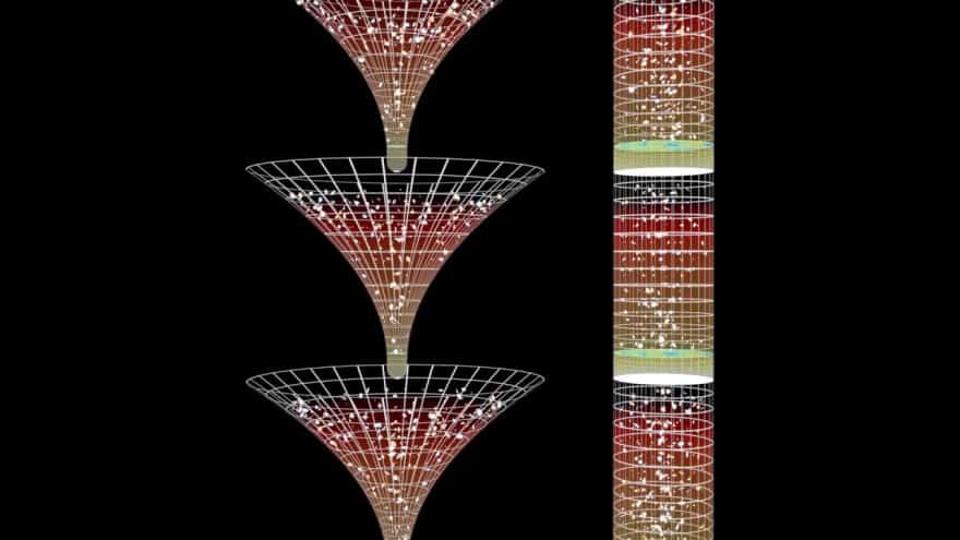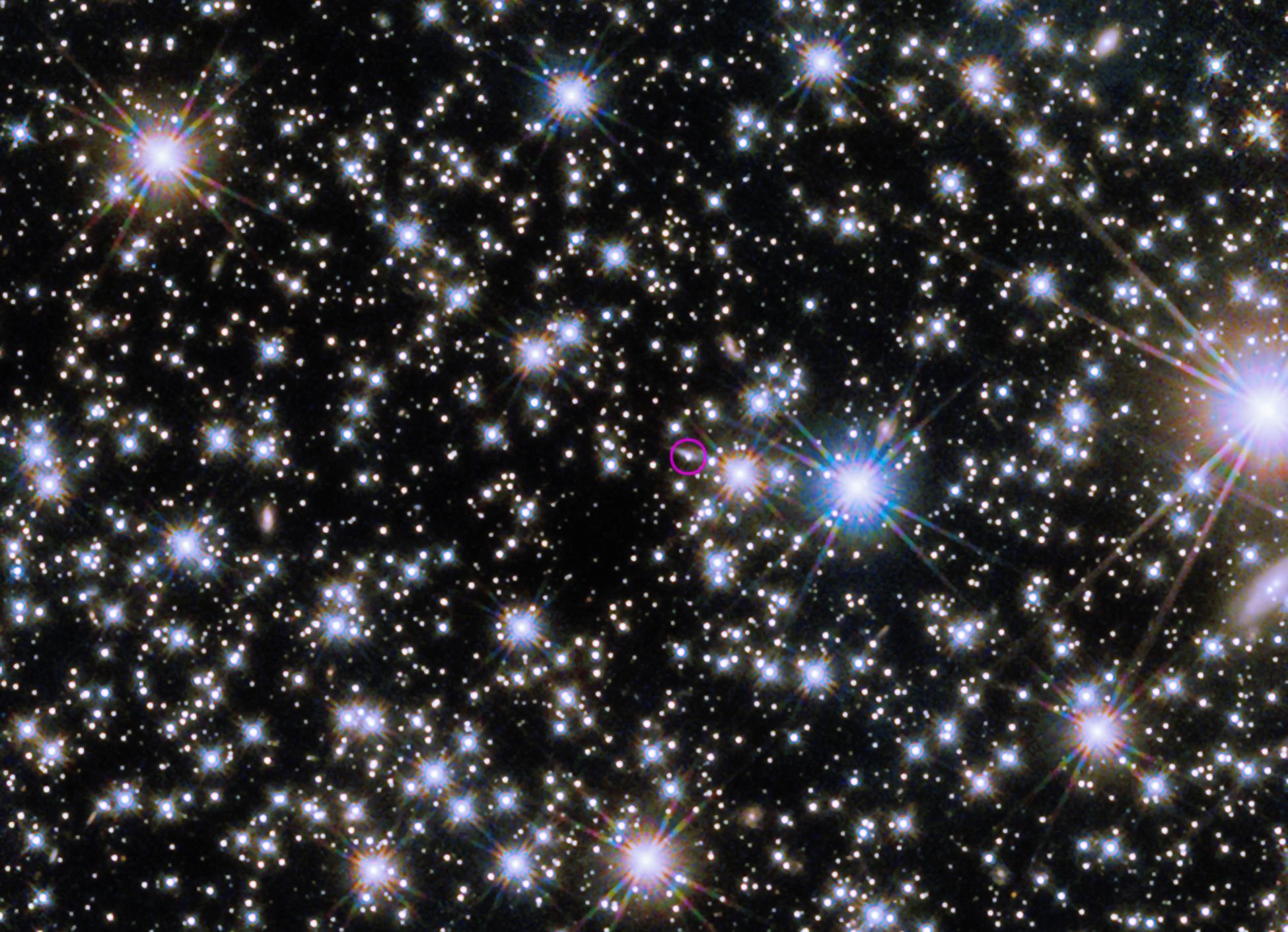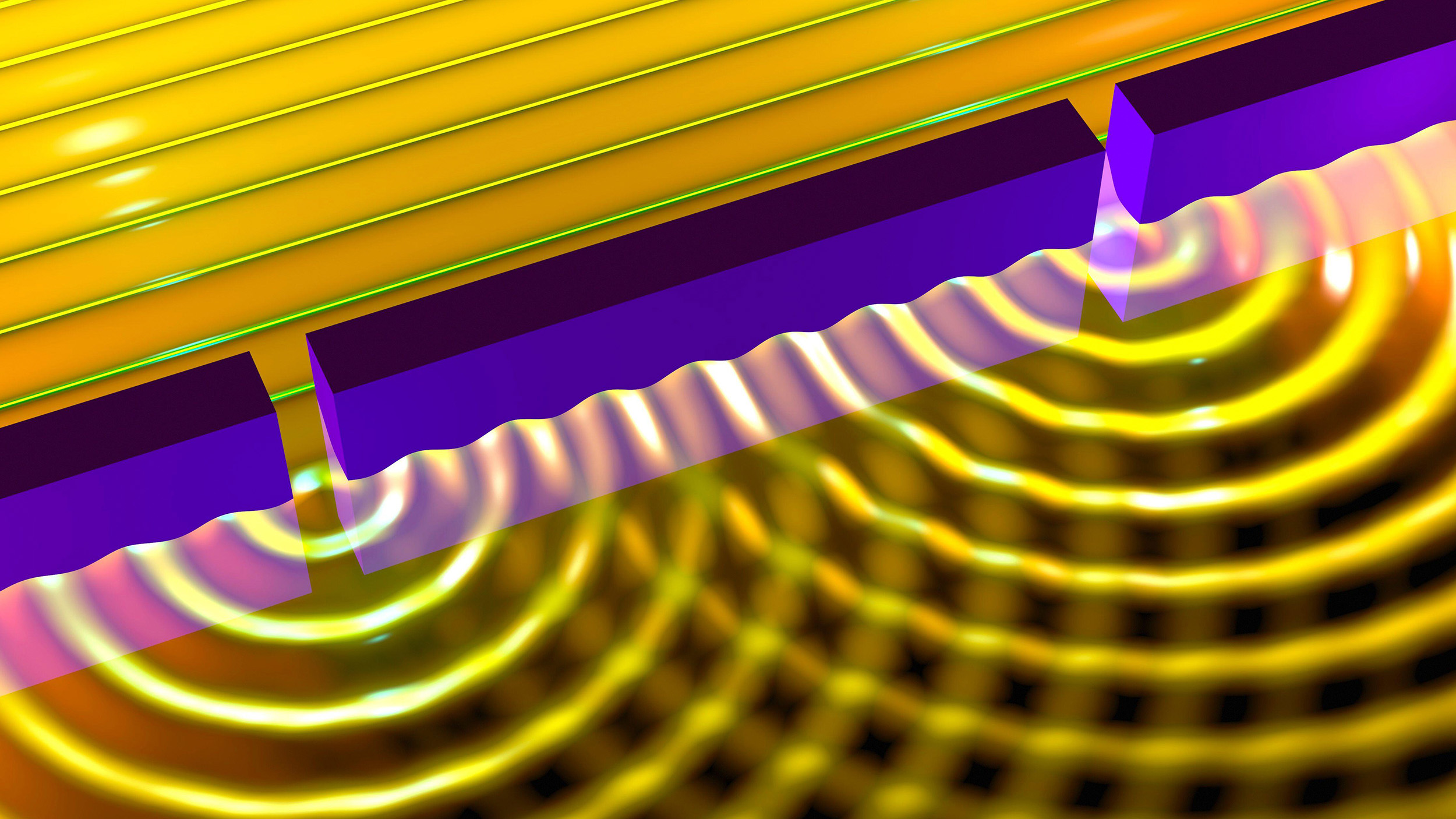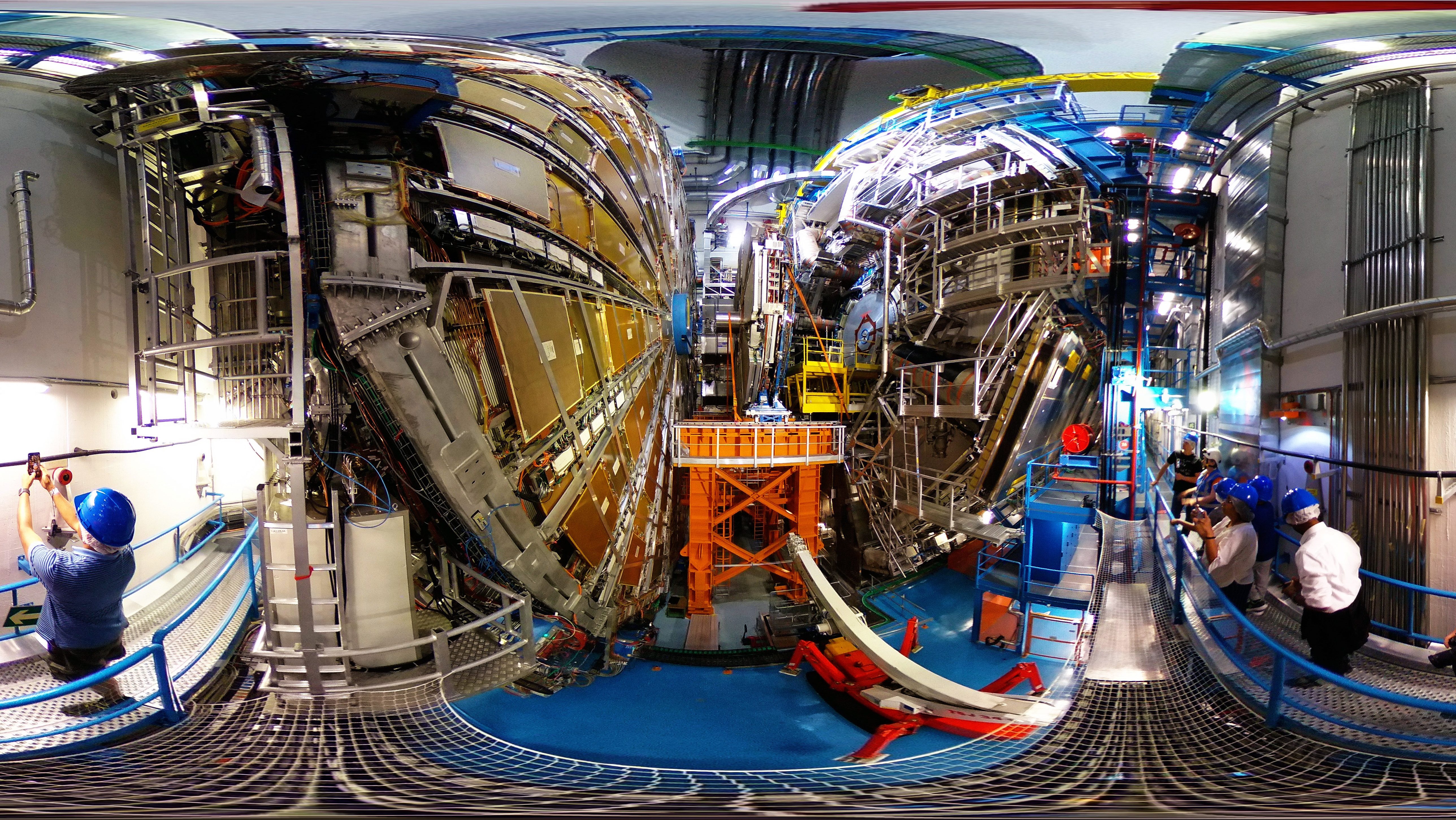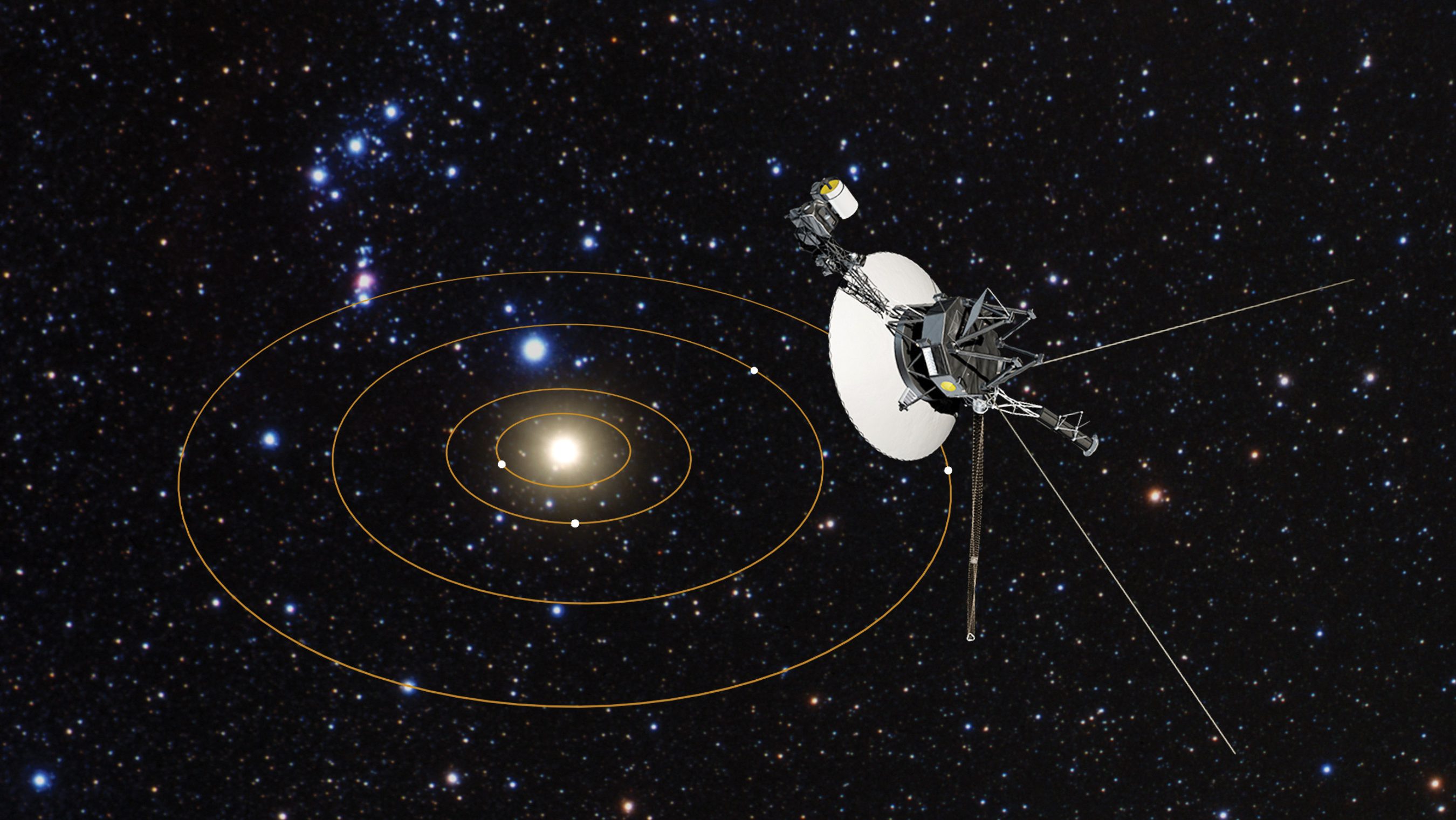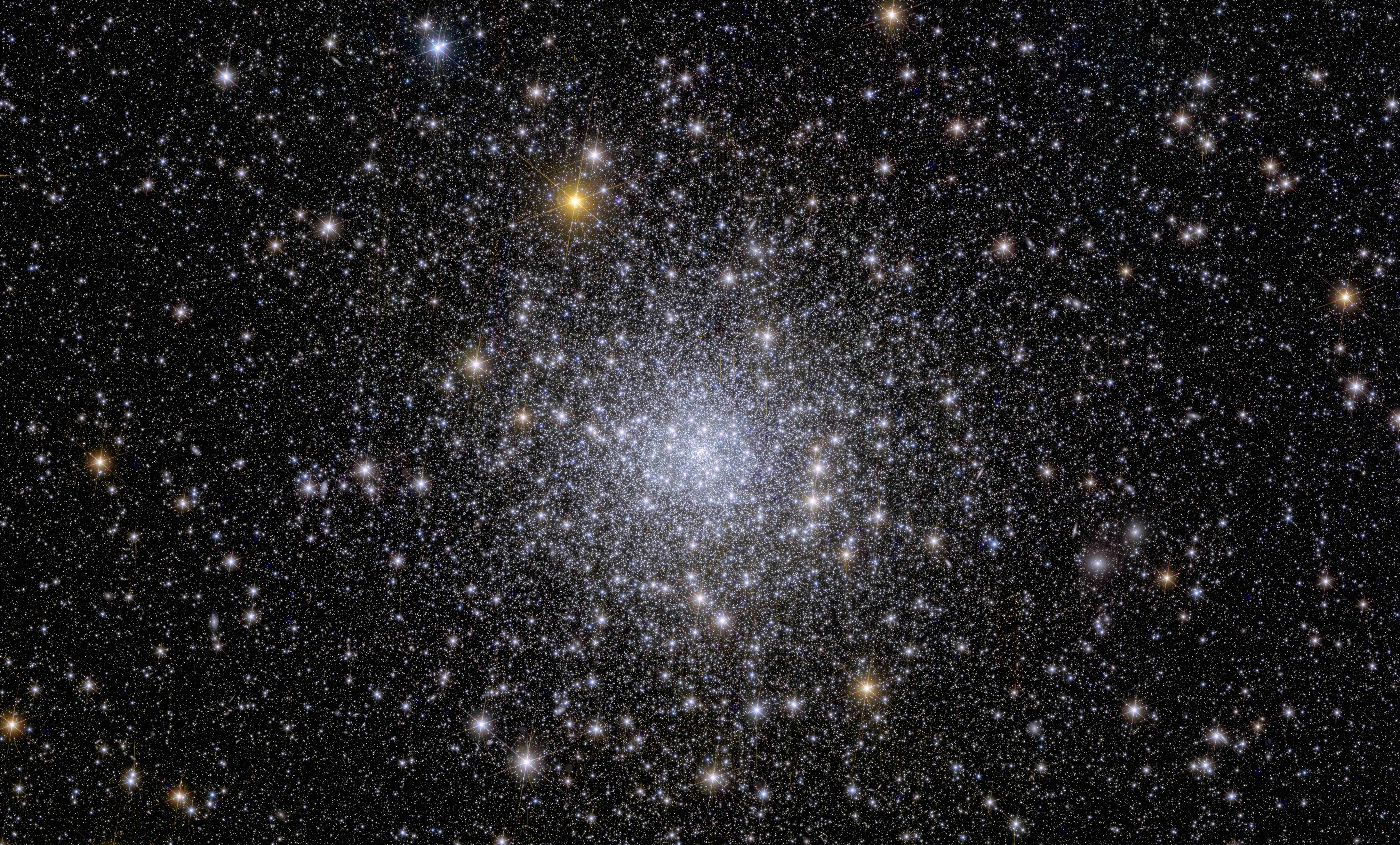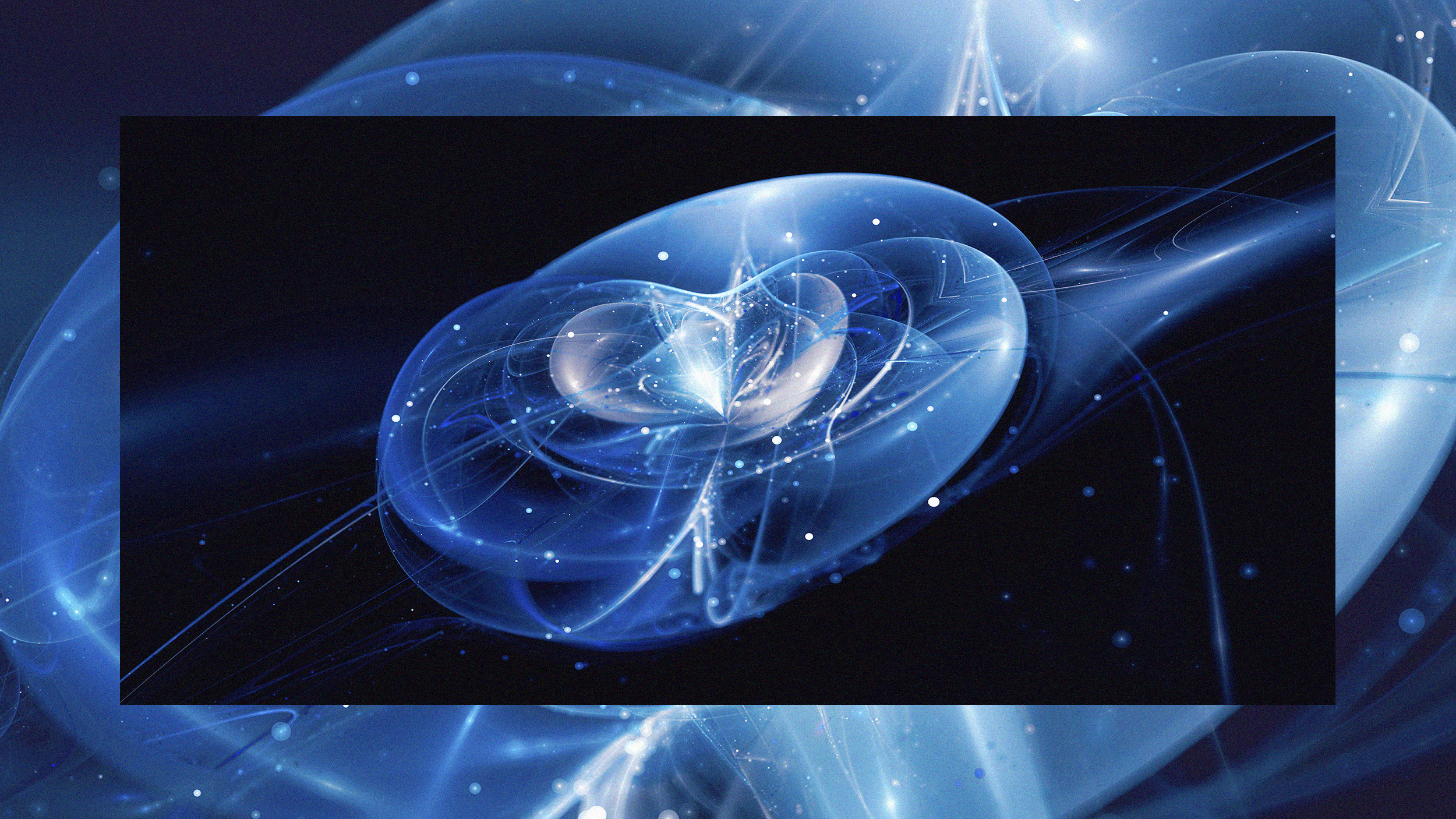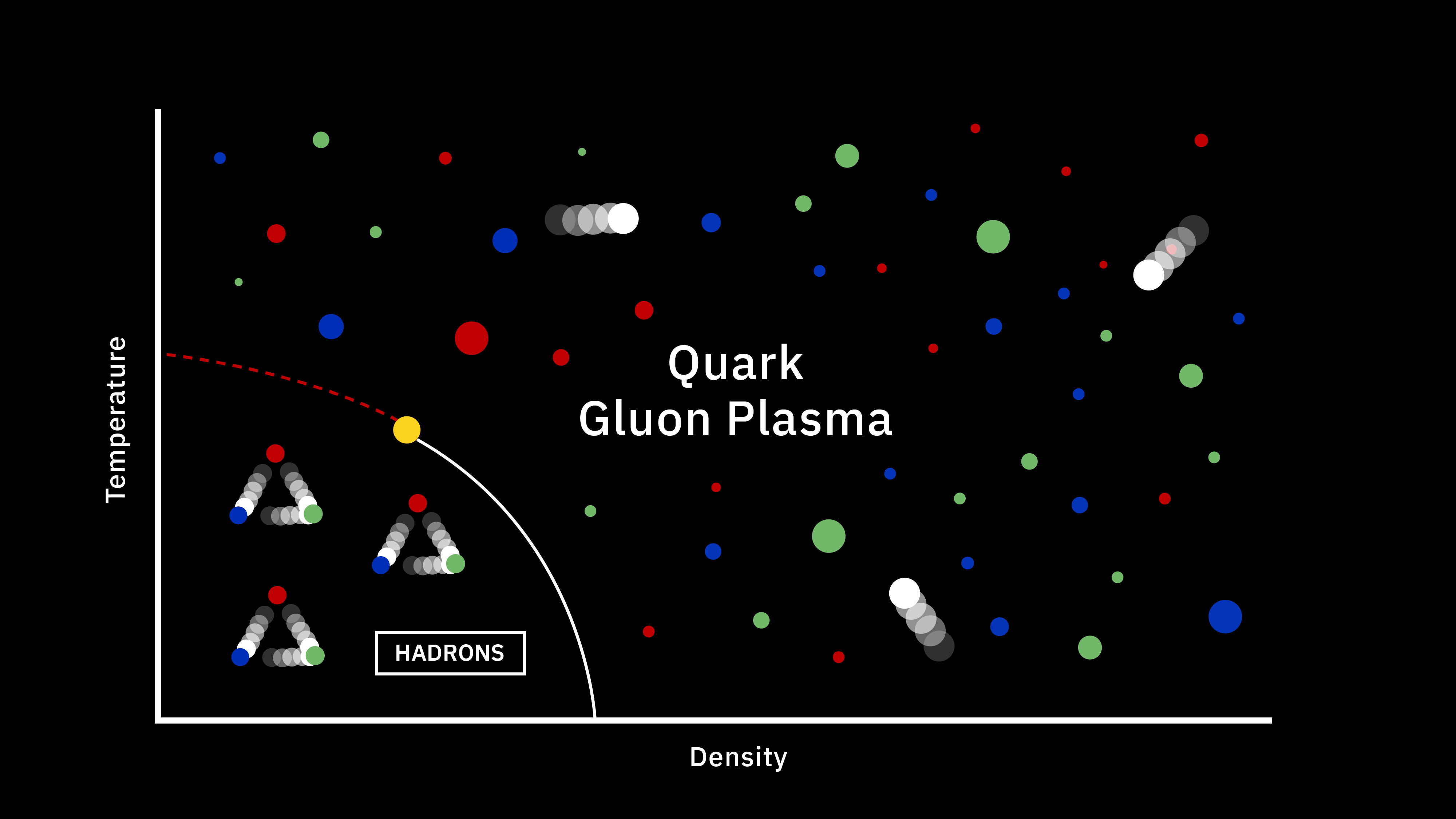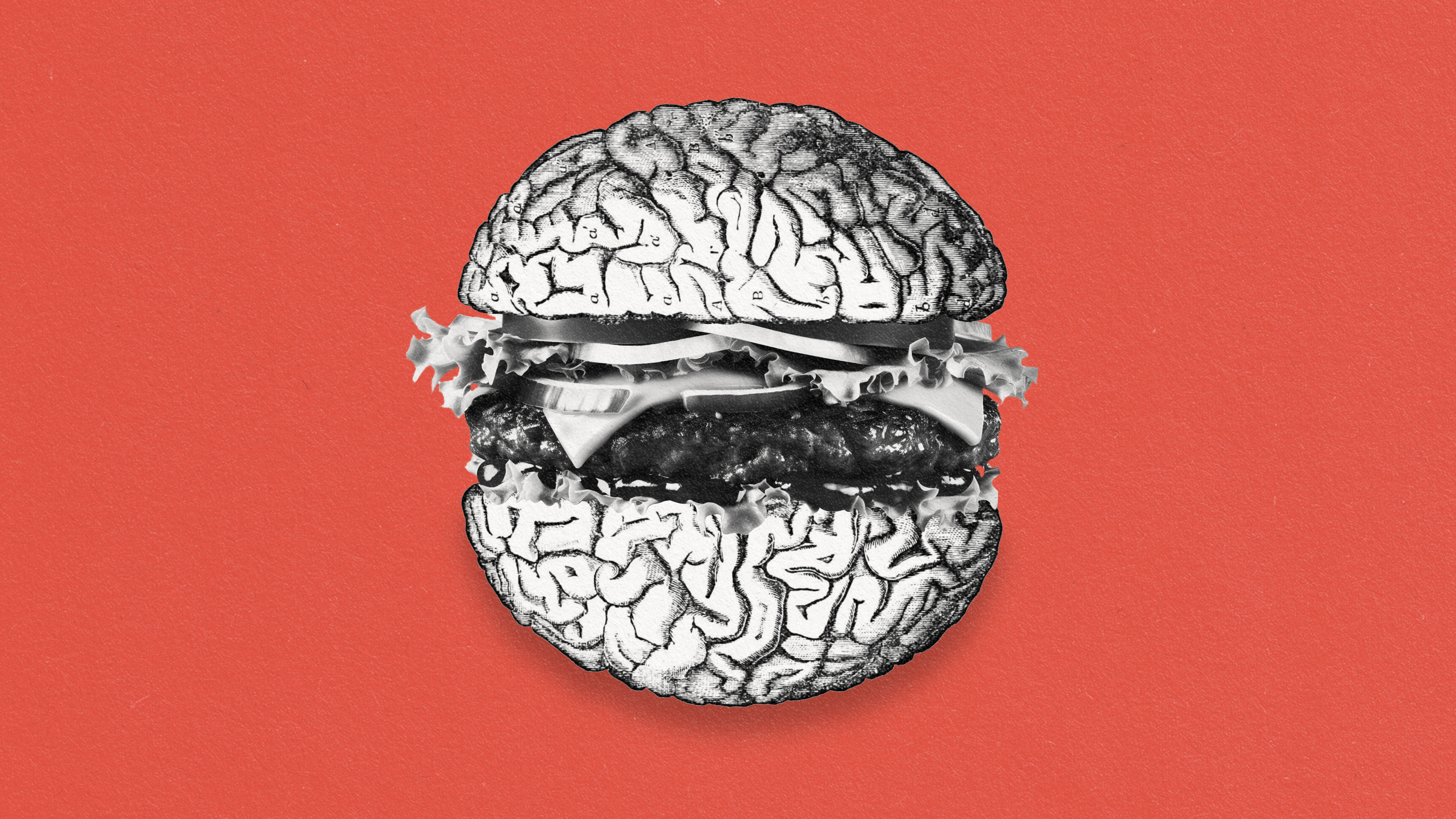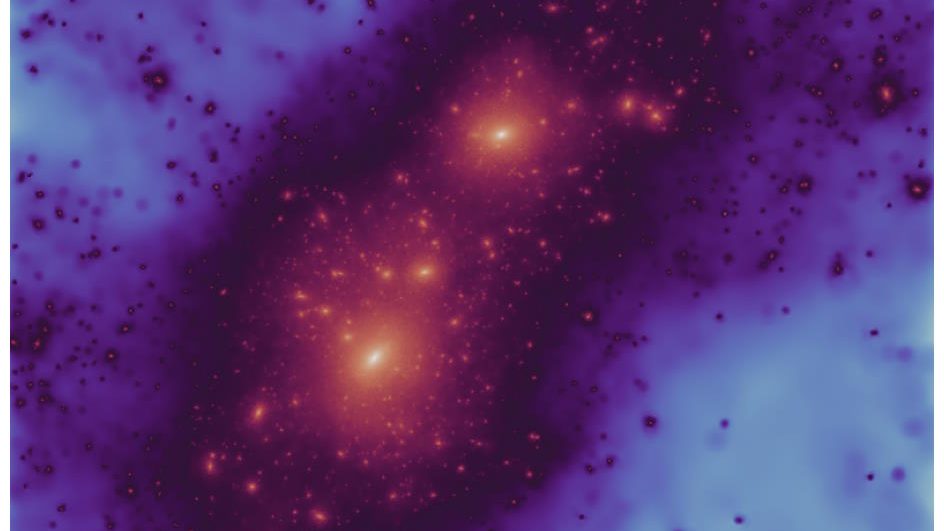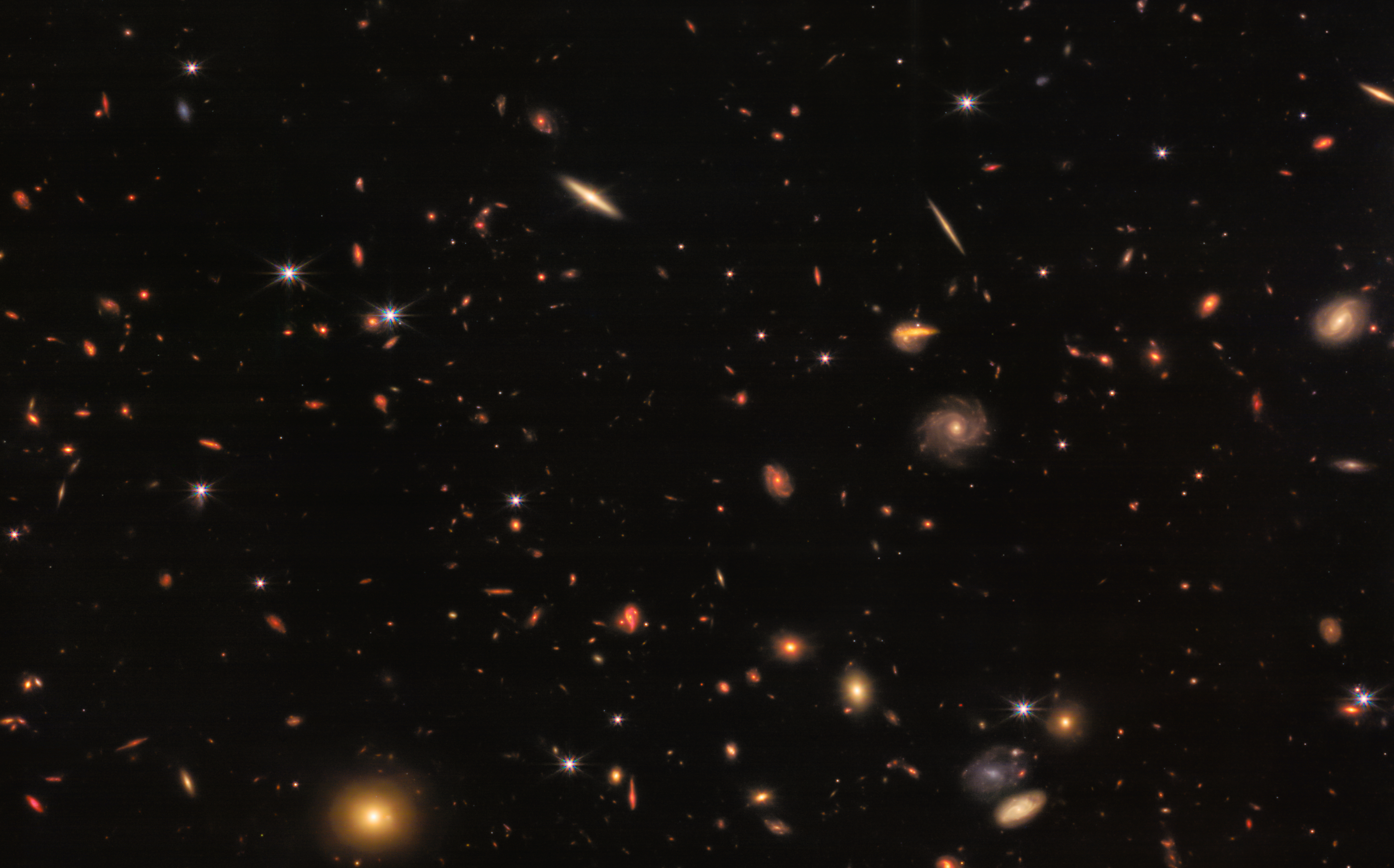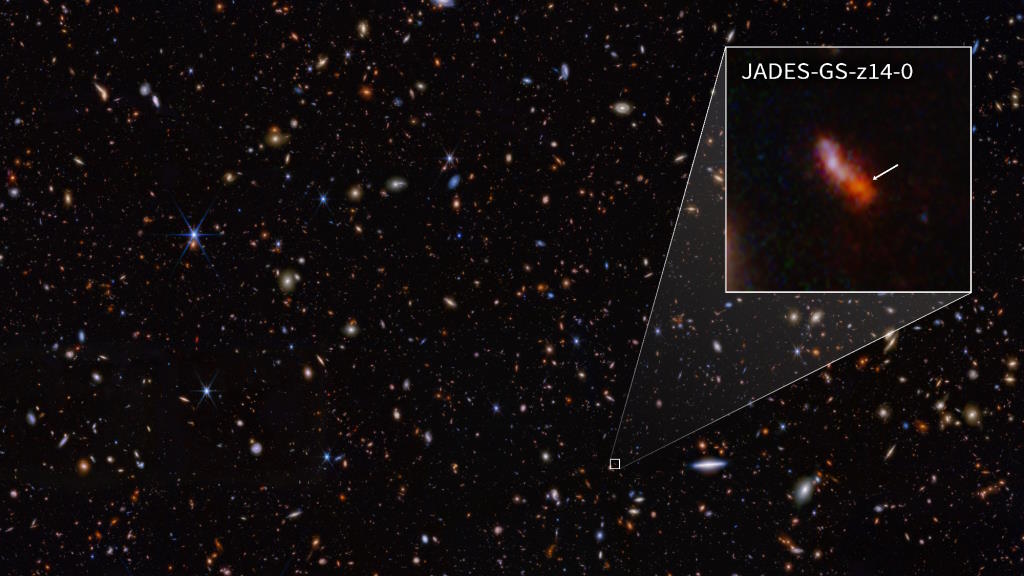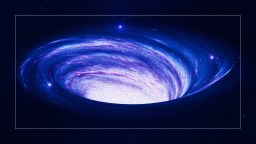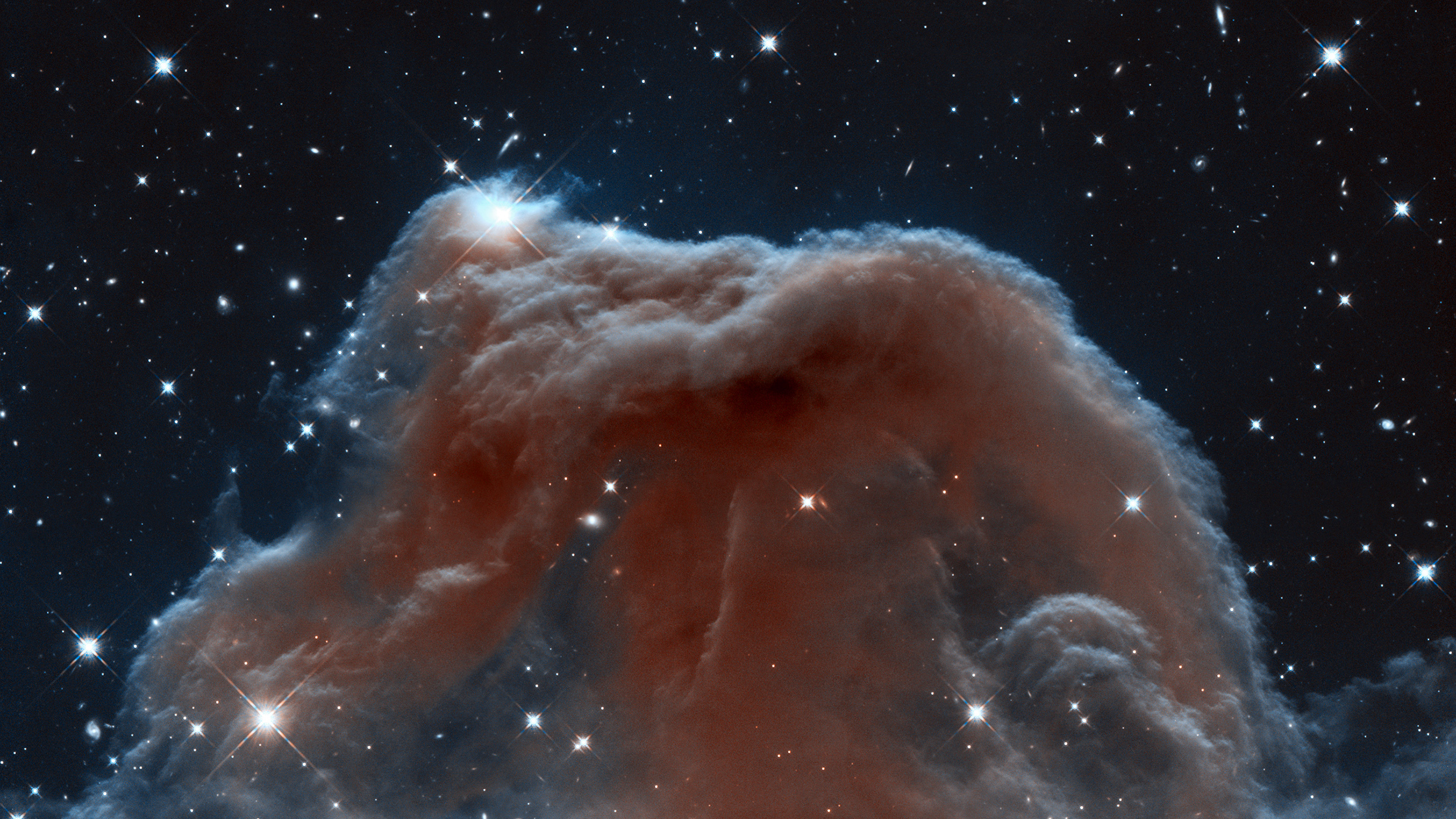From inside our Solar System, zodiacal light prevents us from seeing true darkness. From billions of miles away, New Horizons finally can.
Search Results
You searched for: energy
The Universe is precisely dated at 13.8 billion years old, but astronomers claim the Methuselah star is 14.5 billion years old. What gives?
On the largest of cosmic scales, the Universe is expanding. But it isn’t all-or-nothing everywhere, as “collapse” is also part of the story.
The familiar terrain of solids, liquids, and gases gives way to the exotic realms of plasmas and degenerate matter.
Just 460 light-years away, the closest newborn protostars are forming in the Taurus molecular cloud. Here are JWST’s astonishing insights.
Every proton contains three quarks: two up and one down. But charm quarks, heavier than the proton itself, have been found inside. How?
The Lyman-α emission line has never been seen earlier than 550 million years after the Big Bang. So why does JADES-GS-z13-1-LA have one?
The Universe’s history, from cosmic inflation to the Big Bang to the present, is known. But whether it’s infinite or not is still a mystery.
AI projects reveal both heroes and villains in your workforce — success depends on maximizing the number of heroes.
Yes, dark energy is real. Yes, distant galaxies recede faster and faster as time goes on. But the expansion rate isn’t accelerating at all.
Every time our Universe cools below a critical threshold, we fall out of equilibrium. That’s the best thing that ever happened to us.
Nobel Laureate Roger Penrose, famed for his work on black holes, claims we’ve seen evidence from a prior Universe. Only, we haven’t.
Gamma-ray bursts are among the most energetic cosmic events of all. On October 9, 2022, a remarkable one occurred: the brightest ever seen.
Everything acts like a wave while it propagates, but behaves like a particle whenever it interacts. The origins of this duality go way back.
With new W-boson, top quark, and Higgs boson measurements, the LHC contradicts earlier Fermilab results. The Standard Model still holds.
In our Universe, matter is made of particles, while antimatter is made of antiparticles. But sometimes, the physical lines get real blurry.
On a cosmic scale, our existence seems insignificant and inconsequential. But from another perspective, humans are completely remarkable.
We’re separating the facts about EVs from the fiction.
Sometimes, going “deeper” doesn’t reveal the answers you seek. By viewing more Universe with better precision, ESA’s Euclid mission shines.
Positron emission tomography (PET) scans use positrons — the antimatter equivalent of an electron — to locate cancer in the body.
U.S. particle physicists recently recommended a list of major research projects that they hope will receive federal funding.
For a substantial fraction of a second after the Big Bang, there was only a quark-gluon plasma. Here’s how protons and neutrons arose.
A high-fat diet might trigger inflammation of the hypothalamus.
So far, Earth is the only planet that we’re certain possesses active life processes. Here’s what we shouldn’t assume about life elsewhere.
We normally think of dark matter as the “glue” that holds galaxies and larger structures together. But it’s so much more than that.
From quarks and gluons to giant galaxy clusters, everything that exists in our Universe is determined by what is (and isn’t) bound together.
The new electrically conductive substrate could be the future of hydroponic farming.
All telescopes are fundamentally limited in what they can see. JWST reveals more distant galaxies than Hubble, but still can’t see them all.
Quantum wormholes are mathematically possible — but might also be physically impossible. Physicist Janna Levin explains Hawking’s famous information paradox.
▸
12 min
—
with
Two of the answers add a dimension to physics that doesn’t belong there. Maybe we could call it “astrotheology.”
